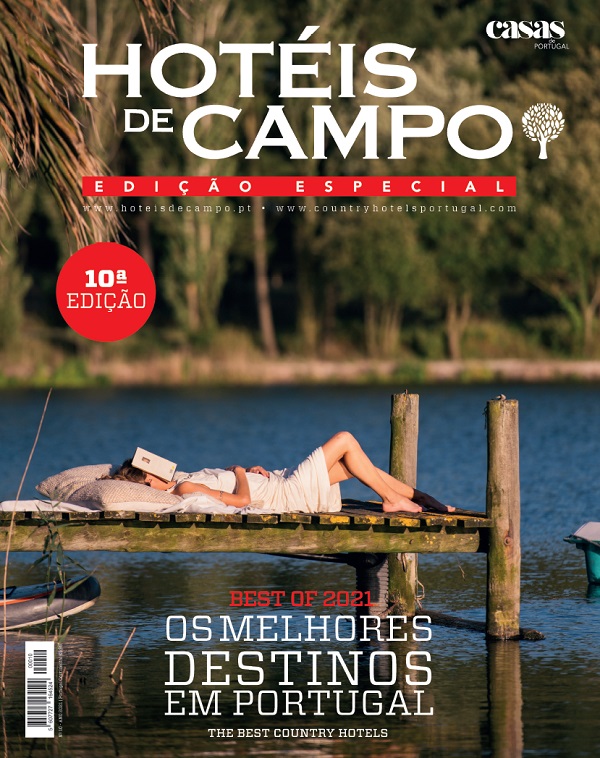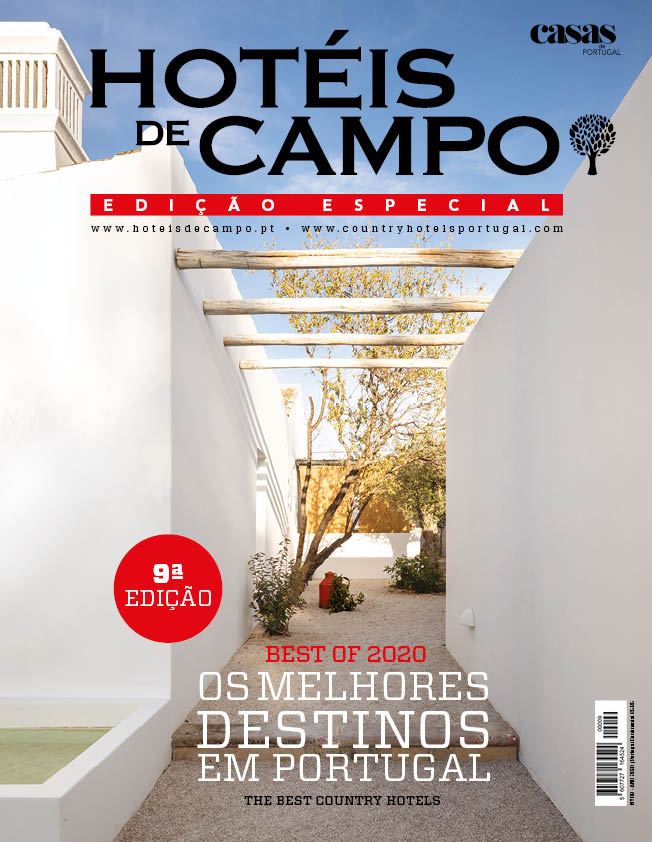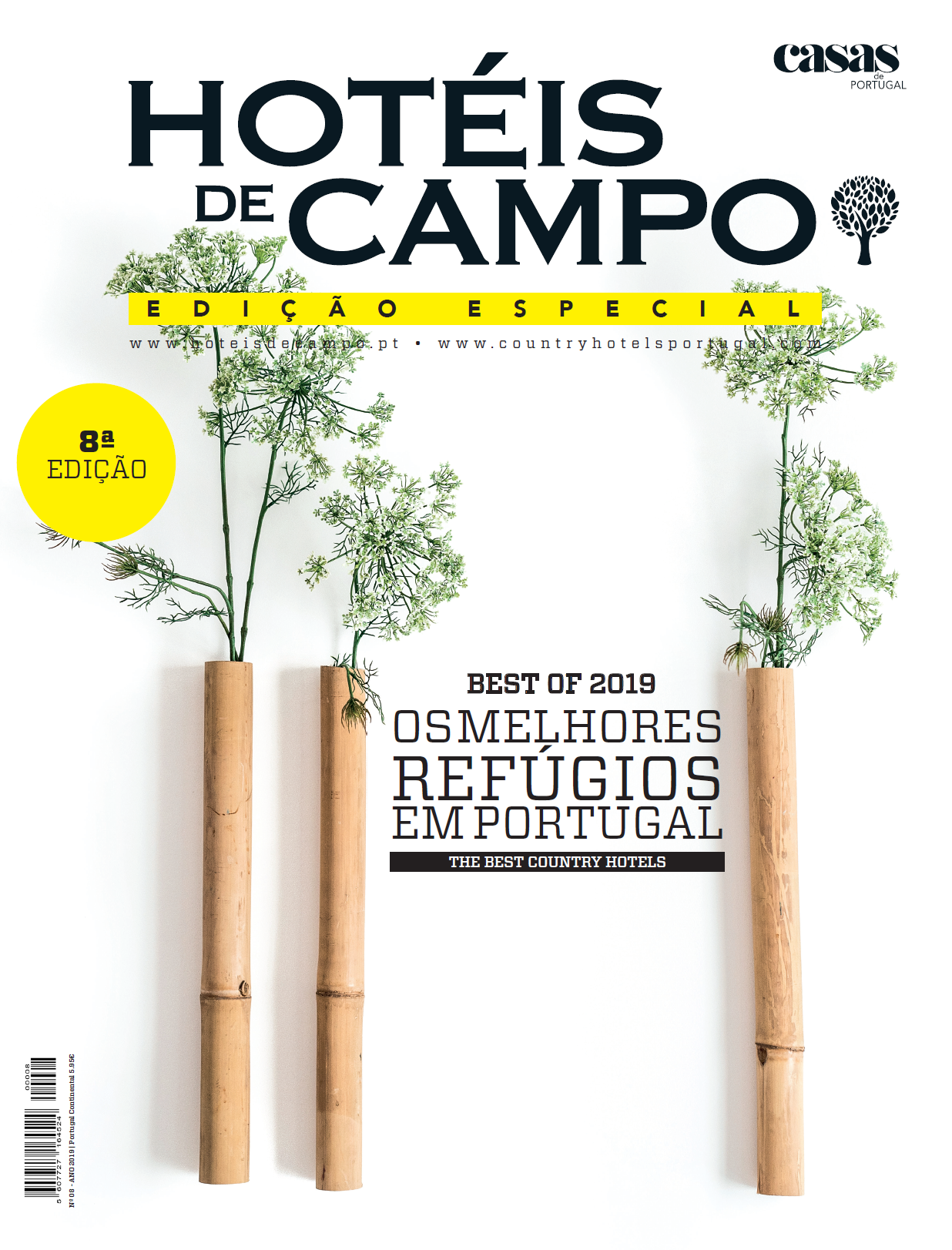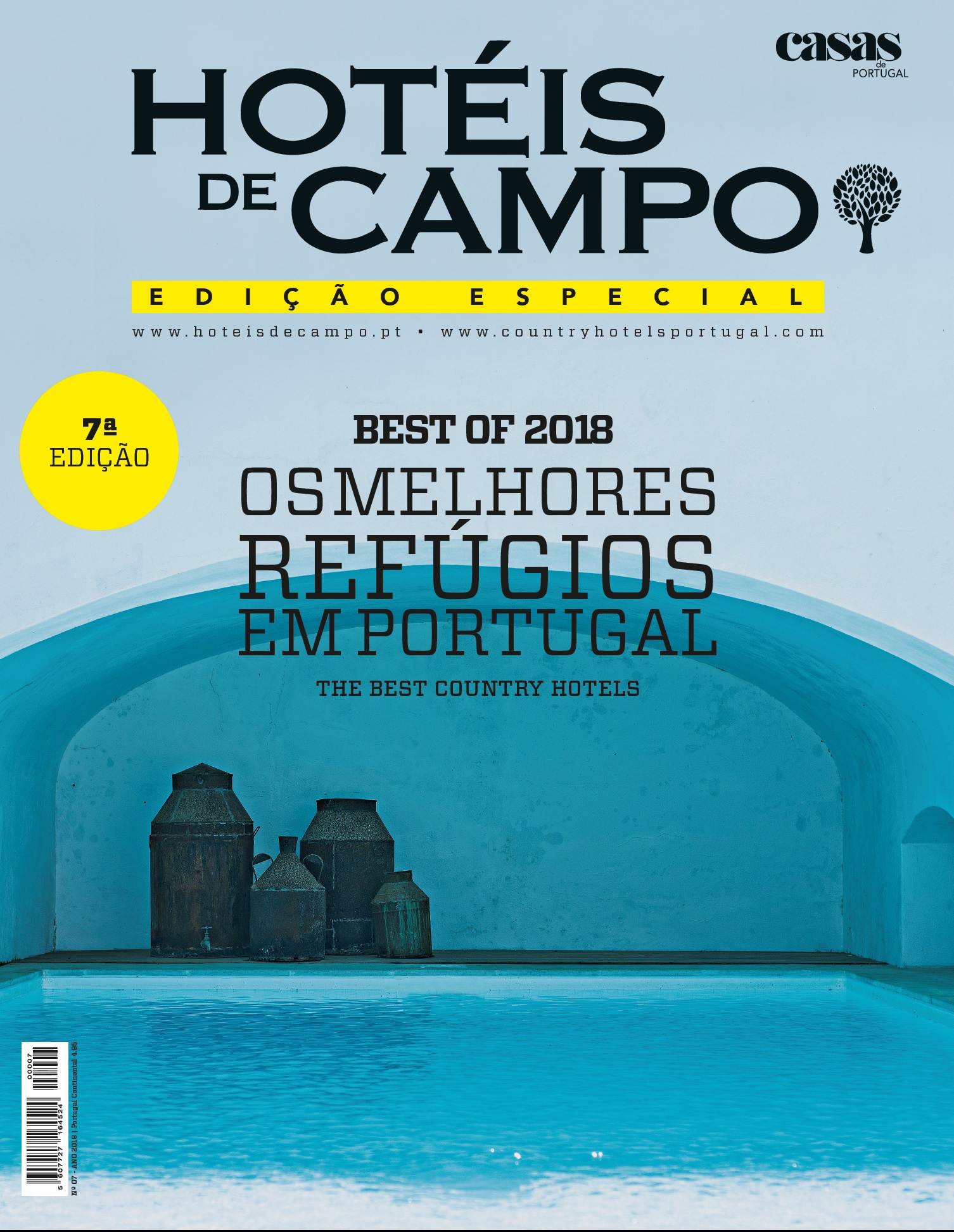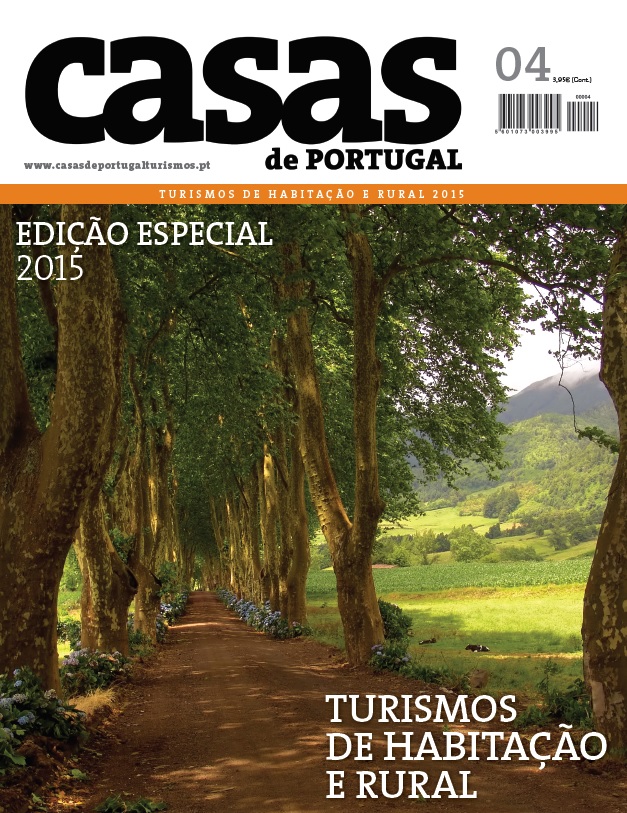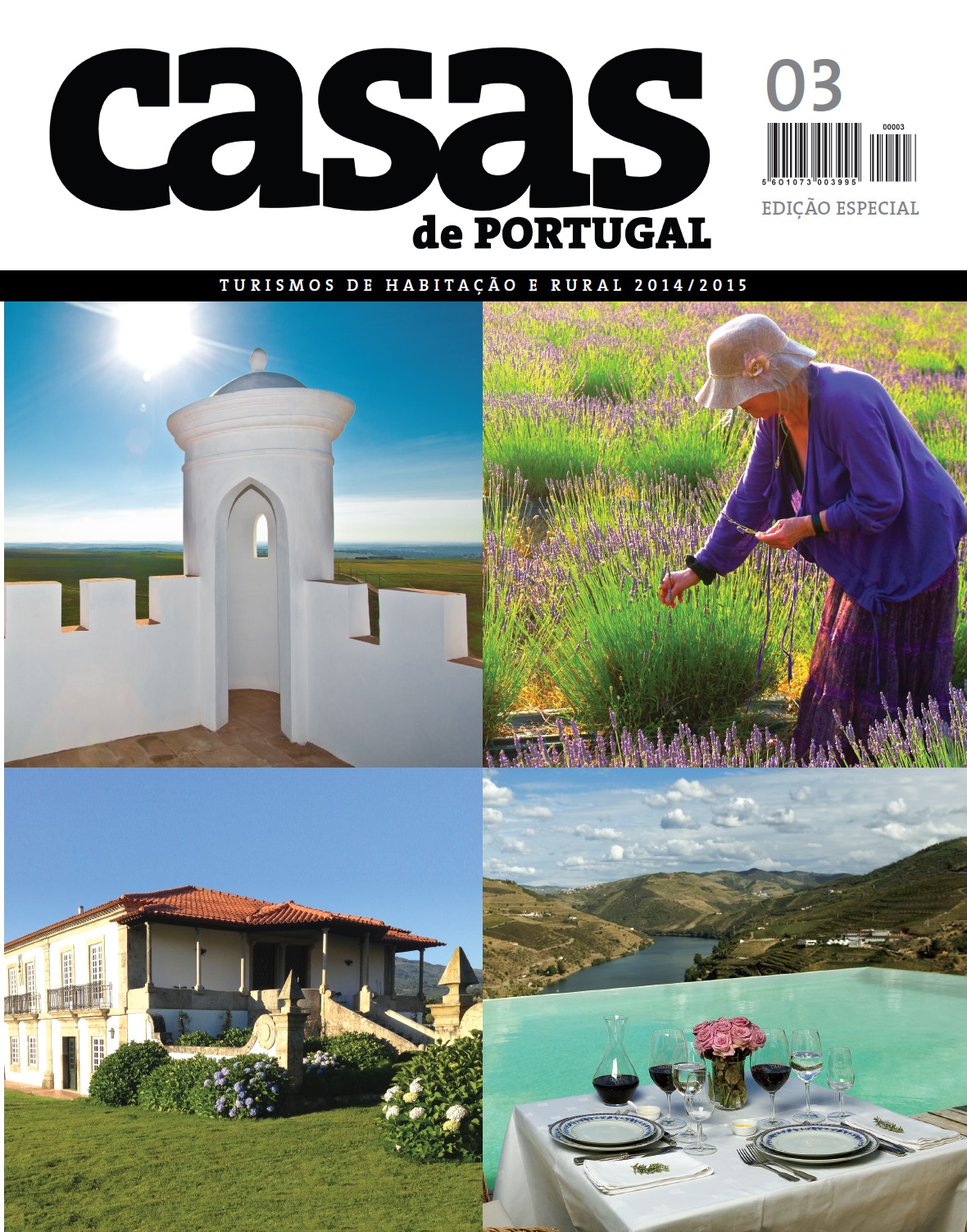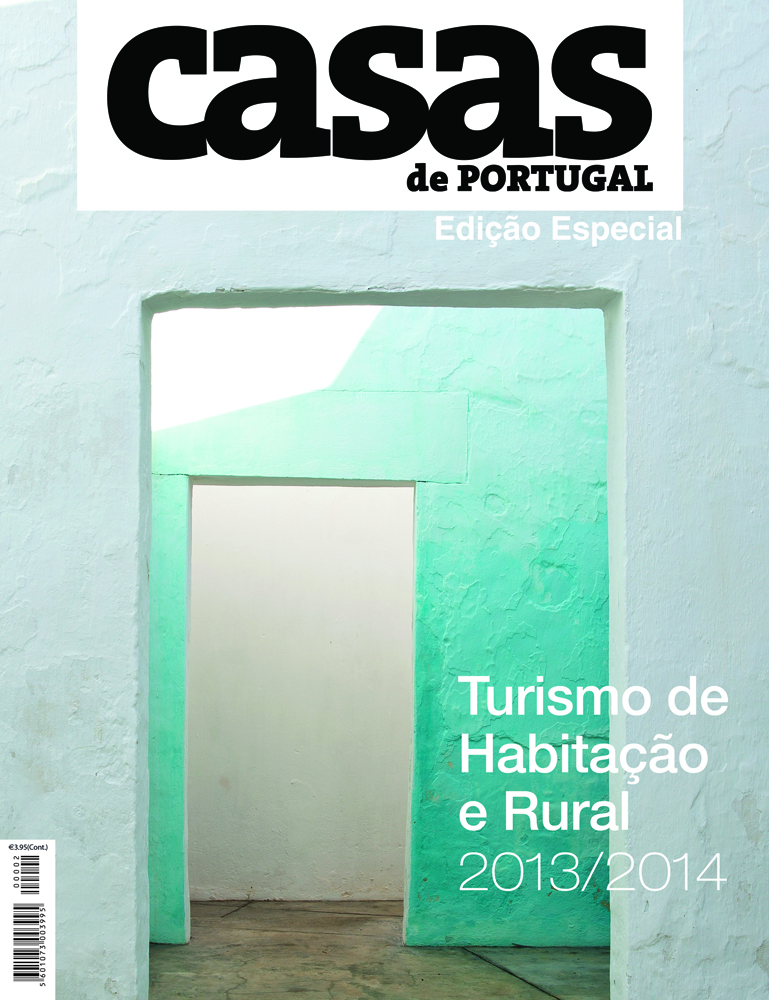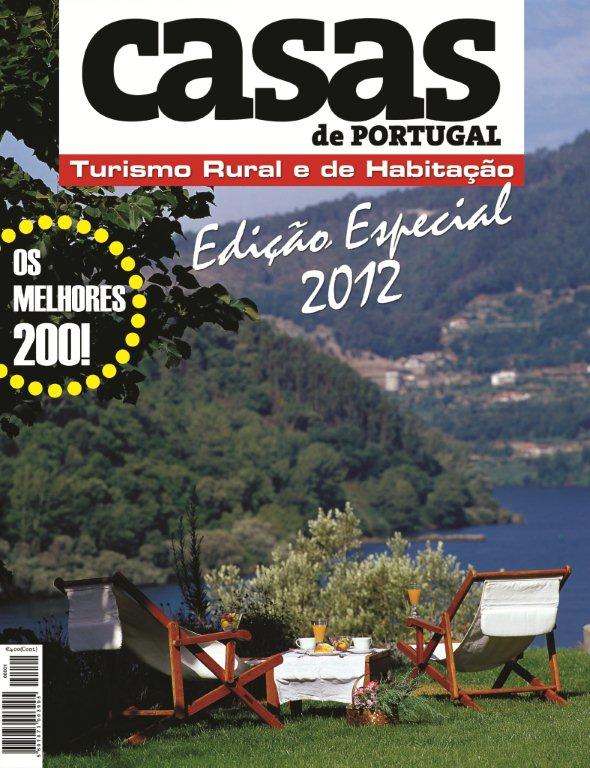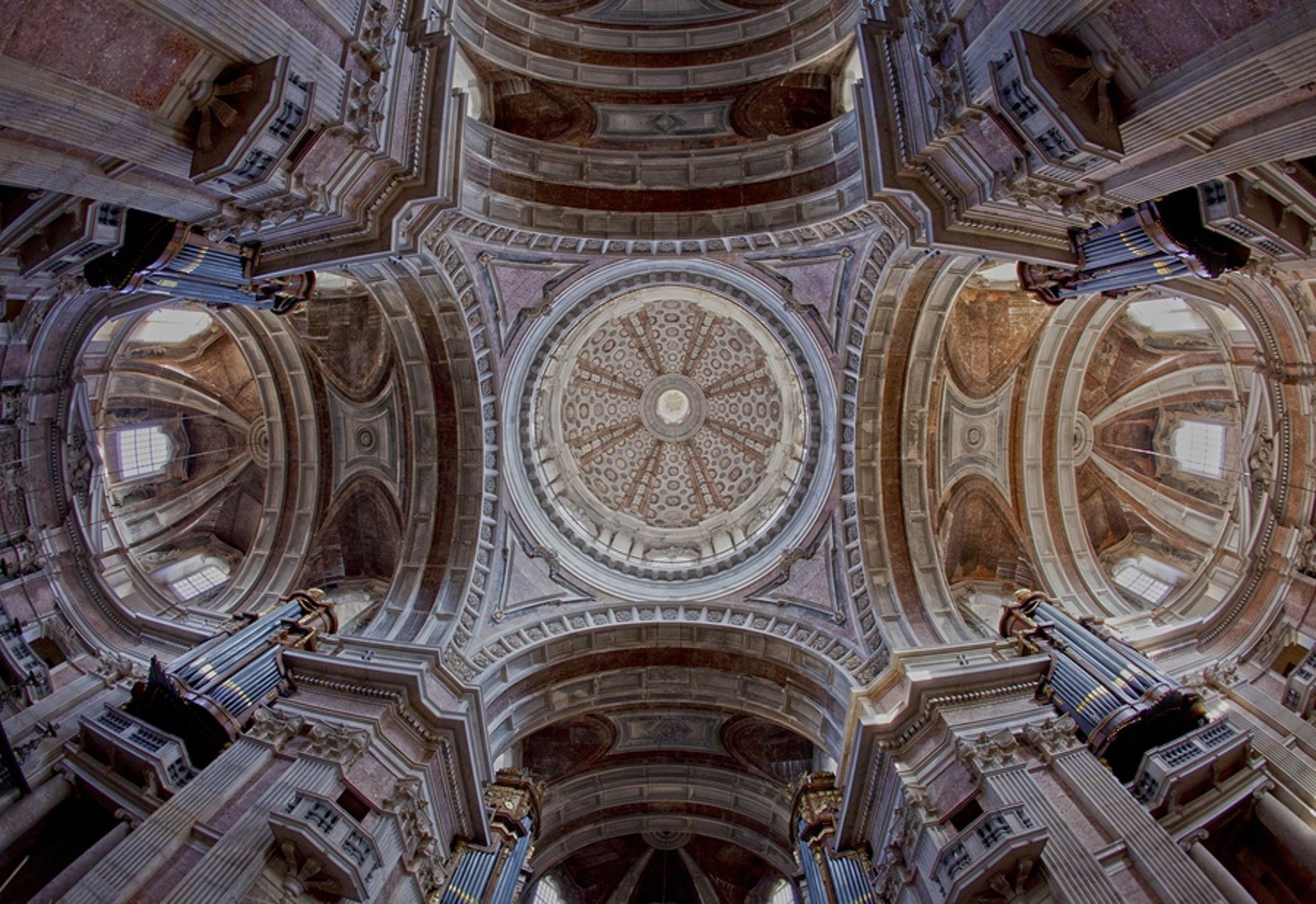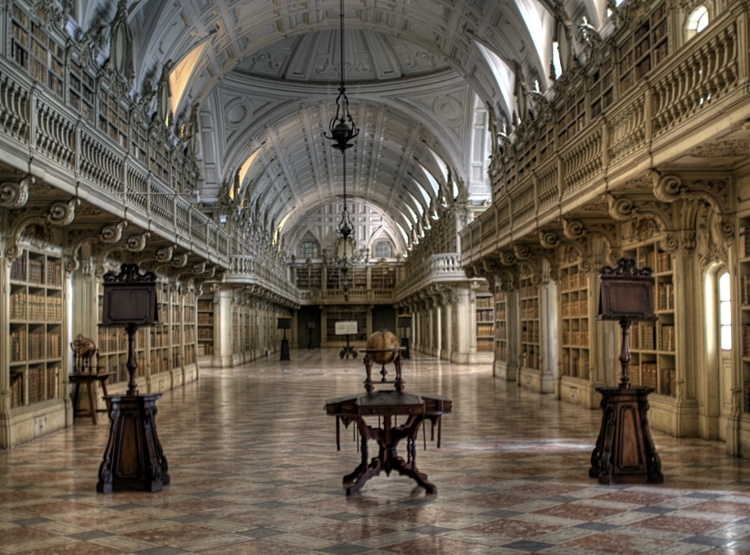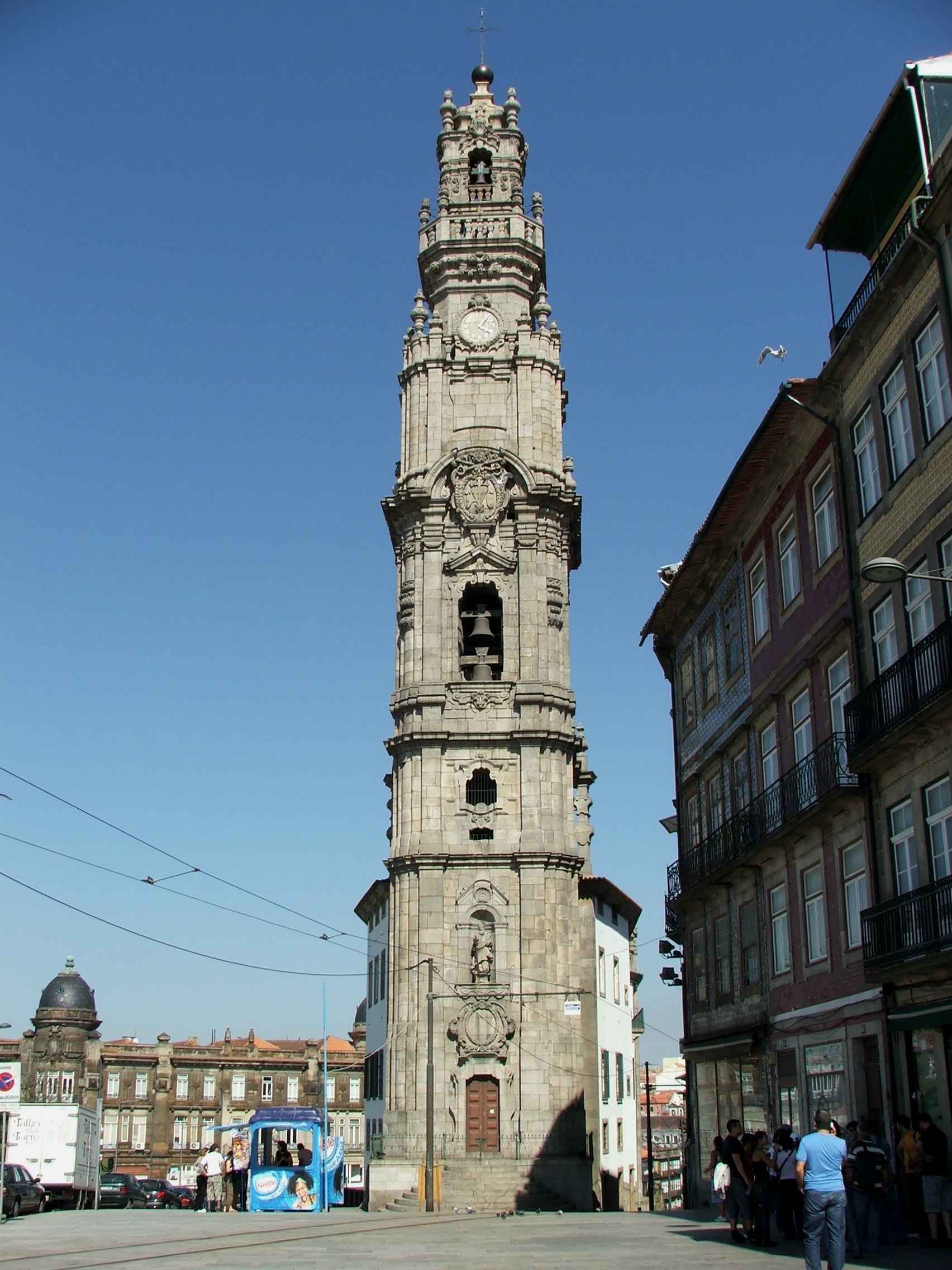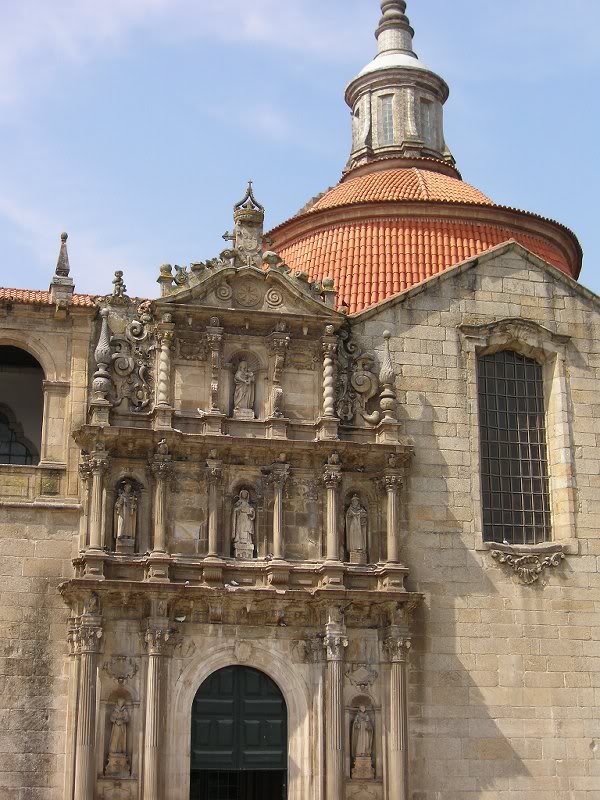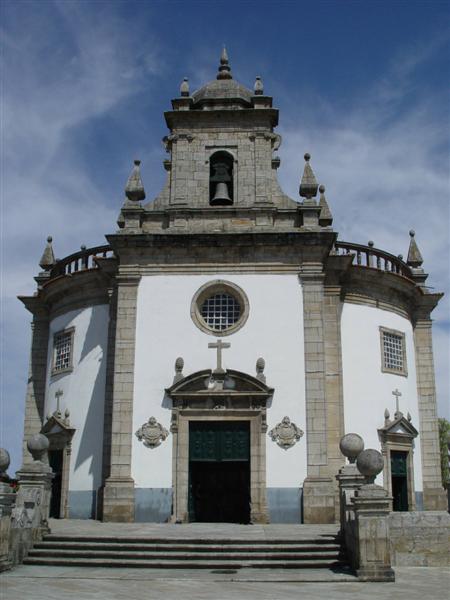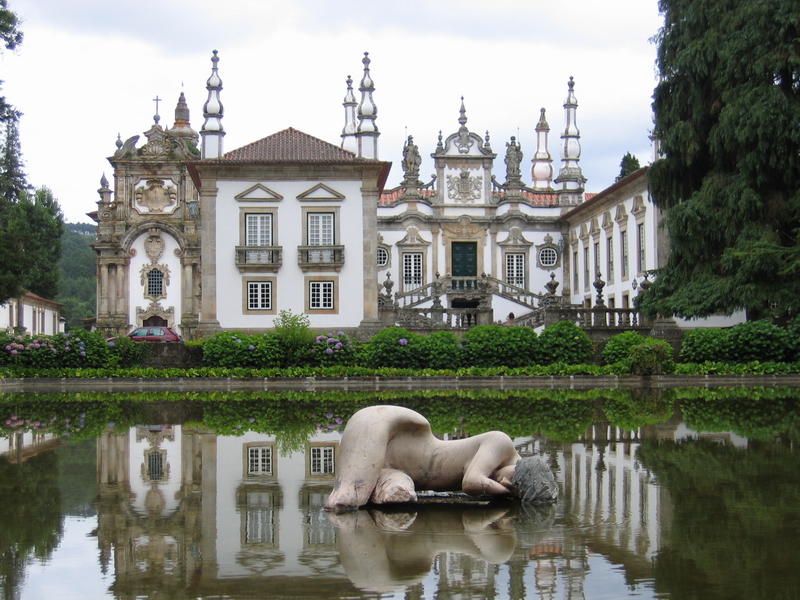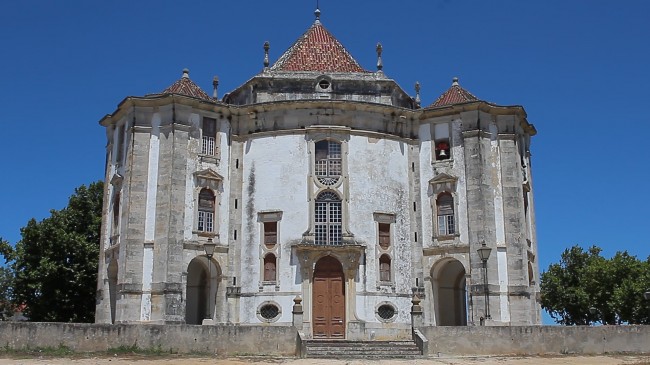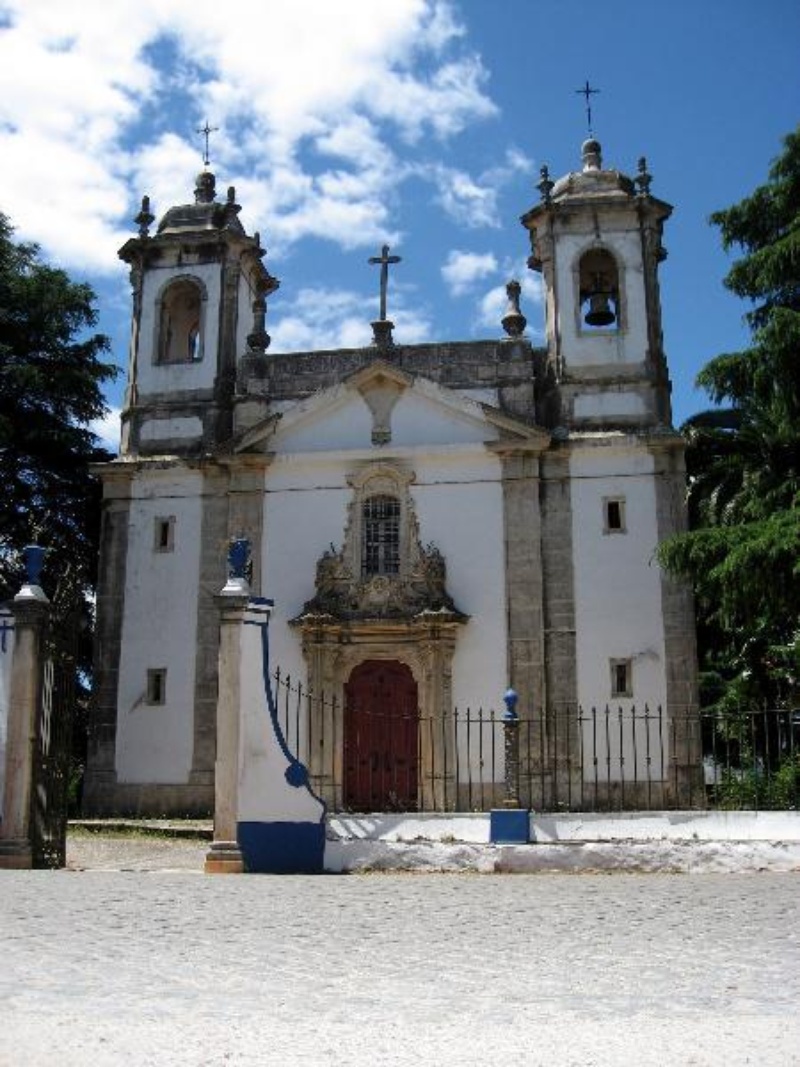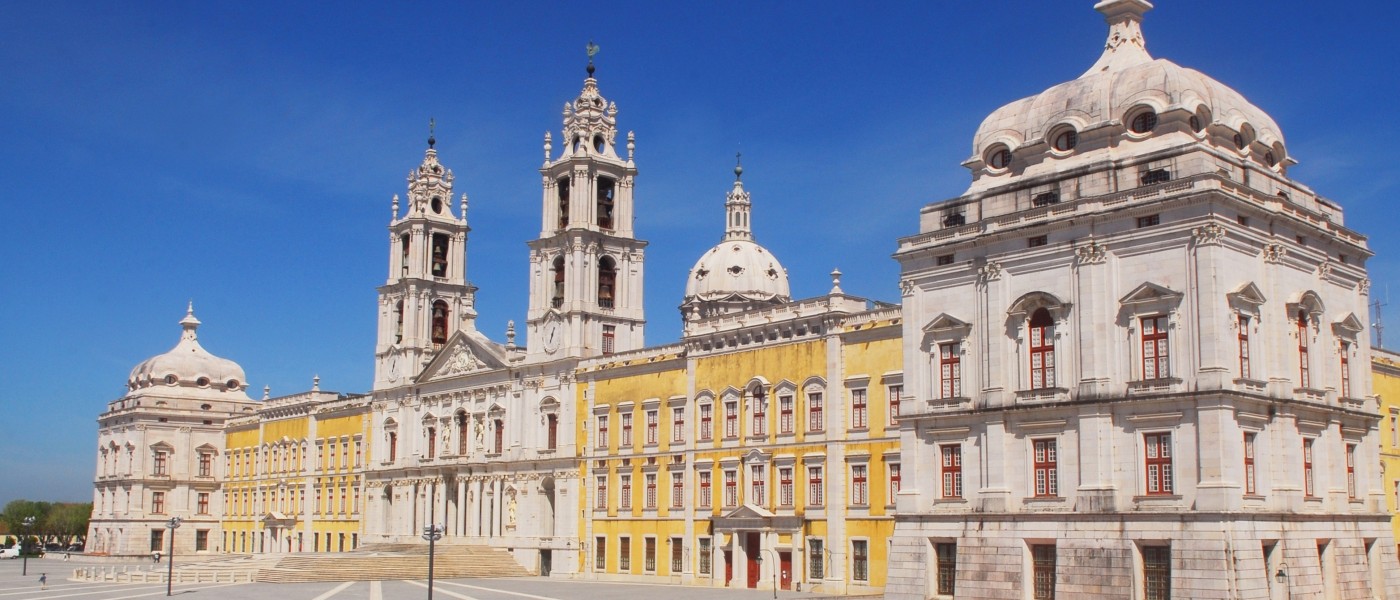
Baroque Style
Having emerged in Portugal in a difficult period at the political, economic and social level, Filipino Domain, time when the nation had lost its independence, would last two centuries (XVII and XVIII).
In this troubled socio-political and economic times the nation is noted to influence the level of arts and architecture. Also, having the influence of the Inquisition, the style is reflected in the religious buildings. Churches have a tendency to same structure with simple façades and decoration contained except for the the main altar, been dubbed by Baroque Severo. As an example, the Church of S. Gonçalo in Amarante, the Lord of the Stone Church in Óbidos, the Lord of the Cross Church in Barcelos.
Meanwhile the 1755 earthquake happens with the destruction of several buildings. At this point the king orders the construction of both civilian and religious buildings, including changes in the Ribeira’s Palace in Lisbon. Staying at this point marked the decor in Gold Carving on the walls and tiles. It is the time of the full Baroque, with octagonal and hexagonal plants such as the Mafra’s Convent and Church of the Clergy in Oporto.
Leave a comment

